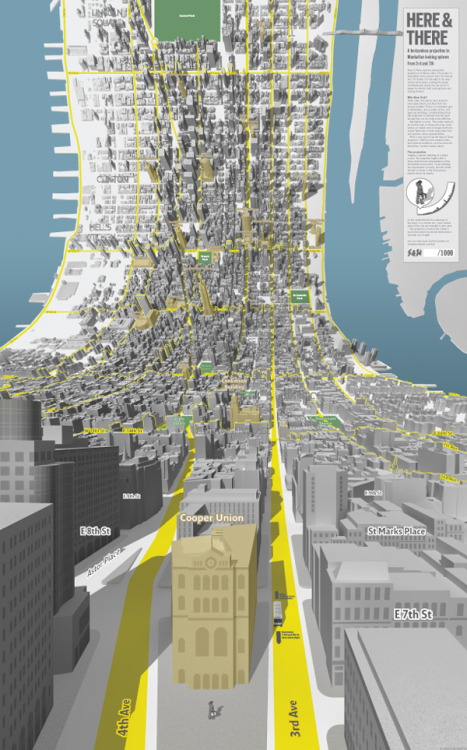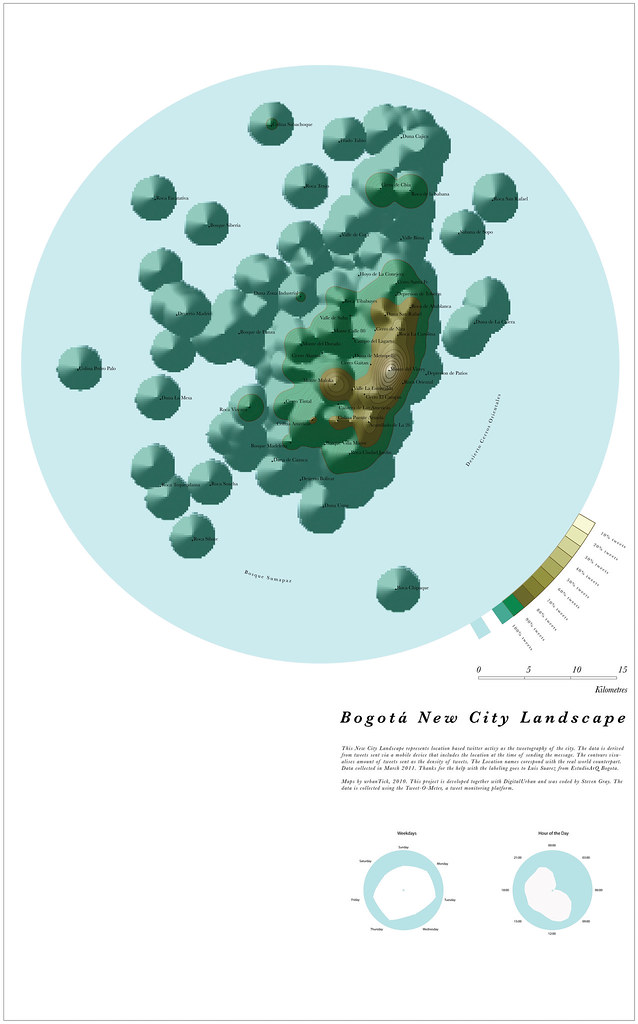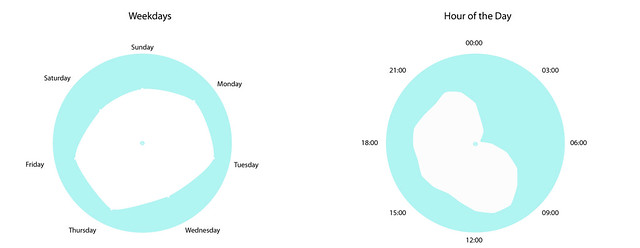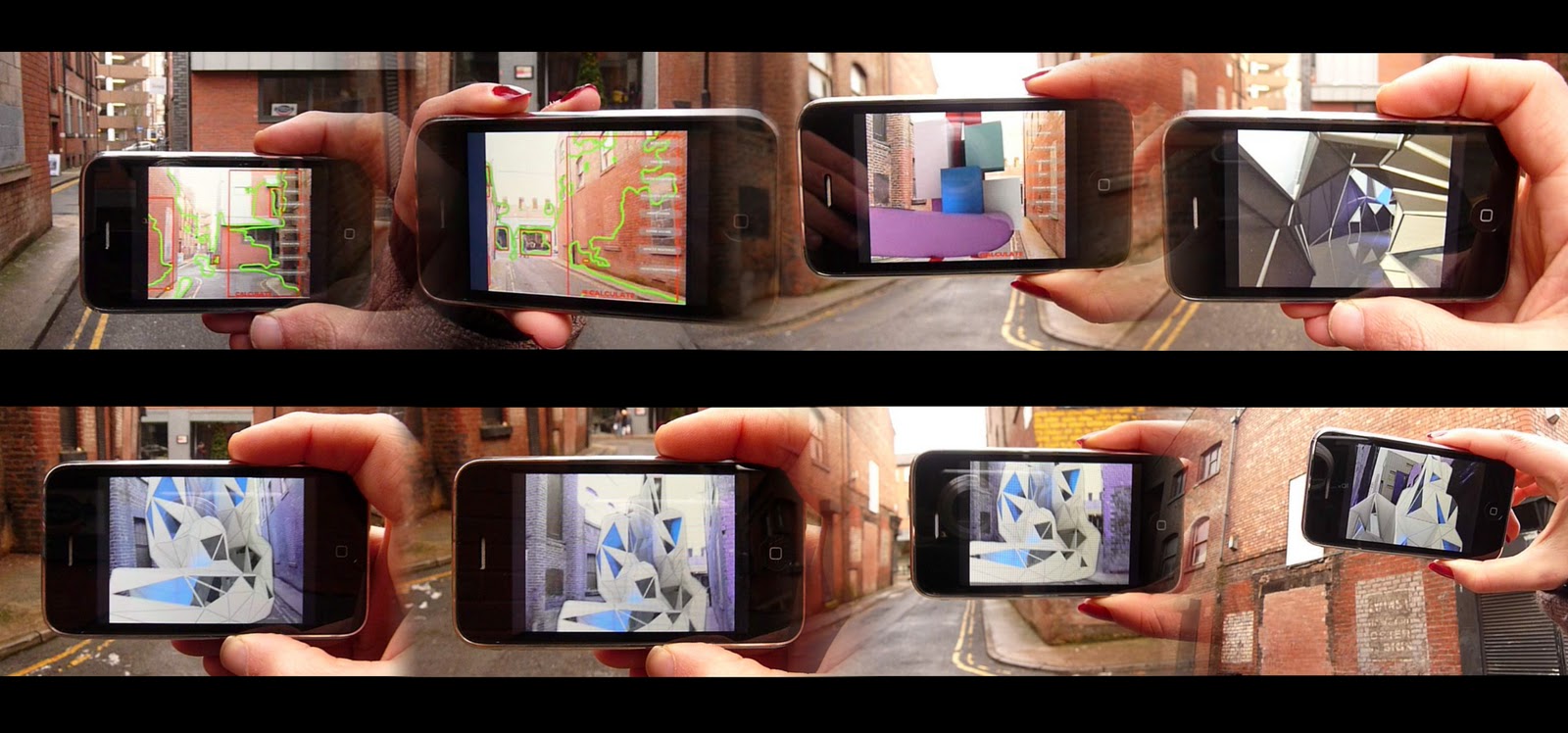Over the last few month Europe realised that there are changes under way in the Middle East. Since December 2010 in a number of countries around the Mediterranean and the red sea people are protesting against their regimes, essentially asking for a changing of Government with fundamental changes for their society. In most cases the regimes are in place for thirty years or so and govern the countries in a totalitarian fashion not letting the large part of the population take part on any of the political processes.
 Image taken from the Guardian / Interactive infographic depicting the protests in the Middle East on a timeline. Each icon links to a news coverage of the event. Click image for the interactive version.
Image taken from the Guardian / Interactive infographic depicting the protests in the Middle East on a timeline. Each icon links to a news coverage of the event. Click image for the interactive version.These events are both culturally and politically very significant and were largely not expected. The protest in some countries have already lead to the toppling of the regimes as in Tunisia, and Egypt and there are ongoing protests in Algeria, Bahrain, Iran, Jordan, Marocco, Saudi Arabia, Syria and Yemen. In Libya the protests have turned into a civil war between pro Gadhafi military and Rebel fighter causing some European countries together with the US to intervene and establish a no flight zone, essentially helping the Rebells by attacking the Gadhafi troops from the air.
The Guardian has put together an oerview of the events, covering the timespan from end of 2010 to Spring 2011 listing the events interms of news coverage. They have come up with a really interesting visualisation for this summary as a sort of blend of Google Place marked timeline with an
Inception theme, very much in the style of
Here + There by
Berg but in a temporal context.
The bending of the time axis indicated the time flow as a linear progression dropping down from the top, vanishing under the viewers feet as if on a running machine or in a hamster wheel. However, there is something very engaging to this sort of visual, similar to the first person shooter perspective, the consumer is presented with an interpretation of the viewing field. It has this computerized navigation feel to it.
 Image taken from Etheriel / City folding, with an onlooking Leonardo DiCaprio as Cobb.
Image taken from Etheriel / City folding, with an onlooking Leonardo DiCaprio as Cobb.An other reference of course is the
Inception theme, of last years Christopher Nolan Blockbuster staring Leonardo DiCaprio in a race inside the human mind against the cock touring different levels of dreams. One of the visuals for the film scenery was the folding of space, bending parts of the city of Paris.
The visual for a temporal, rather than a spatial representation, as use by the Guardian, has lesser boundaries for such folding concept. The developers
Sheila Pulham who was recently involved with a number of data vidualisation for the Guardian and
Garry Blight can play more freely with the projection of the future and make good use of effects such a perspective and blurring. The navigation however is solved with two handels, one to go back and forwards like a gear shifter and the other one as a slider across the top in the form of a horizontal timeline. Both are doing exactly the same and it is very unclear why they have chosen to add a second timeline in the 'traditional' horizontal orientation.
The verticality of the representation has a very convincing feel to it. It of course refers closely to the ideas of
Hagerstrand and his time-space aquarium, where the time is plotted vertically, extending a 2d spatial plane into a 3d cube. The bending sort of implies more of a 'lived' version where the pure vertical option is rather abstract with the time coming from somewhere and never enduringly dropping down. In the folded option the time at least lies behind the observer, however it leaves open how this big pile of unwound time string piles up in the back.
 Image taken from Etheriel / City folding, with an onlooking Leonardo DiCaprio as Cobb.
Image taken from Etheriel / City folding, with an onlooking Leonardo DiCaprio as Cobb.Via
information asthetics
























.jpg)








.jpg)





















.jpg)

.jpg)


